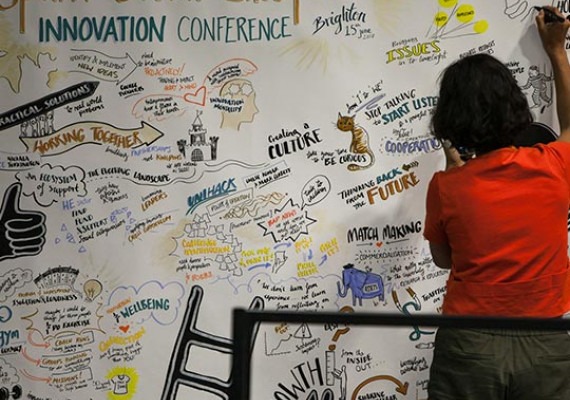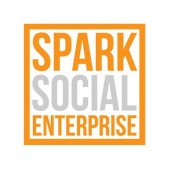SSEnt

Spark Social Enterprise
Priority Axis
Technological and Social InnovationSpecific objective
Framework Conditions for Innovation
Lead partner
University of BrightonContact
Begindatum
01/01/2016Einddatum
31/03/2020Project budget
3 085 131 €ERDF amount
1 851 078 €ERDF rate
60%Over
Common challenge
The project tackled two primary challenges: the insufficient level of social innovation and the lacking developmental status of social enterprises as SMEs in the 2 Seas area. SSEnt argued that Social Enterprises (SEs) are strategically positioned to drive social innovation in the region. A 2012 SBS survey, in fact, revealed that 67% of UK SEs had introduced new or significantly improved products or services in the preceding 12 months, surpassing the 43% figure for non-SE SMEs. However, the dual missions of social purpose and business within SEs create intricate needs, demanding specialized solutions to render social innovations both commercially viable and sustainable.
This necessitates a nuanced approach to address the unique challenges at the intersection of social and business objectives. The SSEnt project aimed to navigate this landscape, fostering the conditions for social enterprises to thrive and contribute significantly to social innovation in the 2 Seas area.
Overall objective
Main outputs
Cross border approach
Main Achievements
The SSent project came to an end in March 2020. Through a successful cross-border cooperation made of positive and enduring working relationships between partners, outstanding achievements have been reached. Among those there have been a few particular highlights worth mentioning thanks to their positive impact.
First, SSent has seen the successful completion of the ‘Social Enterprise Innovation Roadmap’ – a user friendly document that social enterprises can use to evaluate, stimulate, and grow their own capacity for sustainable innovation. The documents outline the framework conditions necessary for sustainable innovation and provides case studies that highlight innovation in practice.
Next, the team developed The Strategy and Action plan – a ‘living document’ whereby stakeholders and support agencies can ‘cross-fertilise’ their plans and commitments to grow the ecosystem and support for the social enterprises. One of the pillars of the Strategy and Action plan is ‘Connect to Innovate’ and our SEIAN (Social Enterprise Innovation Accelerator Network). It provides opportunities for the exchange of skills, knowledge and support through cross border cooperation. Evolved through research and first-hand experience of delivering support to enable stakeholders, support agencies, policy makers and others in the public sector to focus on 4 key pillars needed in order for social enterprise to flourish. The network undertook both physical and virtual meetings and events for members of SEIAN, and to further promote the cross-border conversation of a ‘virtual’ network online through a LinkedIn group. This was established successfully and included over 400 members.
The Social Enterprise Innovation Accelerator Programme had a huge impact with three cross border Safaris and a programme of expert coaching sessions for Social Enterprises to focus on their own innovation journey. This culminated in a conference in Brussels which provided opportunities for those social enterprises involved in the Open Innovation Group (OIG) to present their learnings and development. It was also an opportunity for stakeholders, support agencies and social enterprises from the three cross border nations to discuss and explore how Open Innovation can further be developed in the 2 Seas area.
Finally, the webportal provides social enterprises with expert and accessible information through a series of 19 modules which gather tools and worksheets for participants to develop skills and knowledge that will take the early ideas for a social enterprise to the next level.
Testimonial

The project was a chance to understand how social enterprises are defined differently in different places, how they have different names and different missions, depending on the context and environment. The project was also an opportunity to exchange practices and understand how governments support social enterprises in different ways. There are also challenges, for instance, in the Netherlands, social enterprises are not called “social enterprises”. The most encouraging element of cross-border cooperation is to witness the appetite and satisfaction of social enterprises when they had the opportunity to connect with international partners perhaps for the first time in their lives. They might had come across 1 or 2 international partners before, for some of them, but thanks to the project, they could attend organised events and meet with another 50-70 social enterprises, universities, learn from each other and most importantly, do business with each other. This is the biggest satisfaction from the project.
